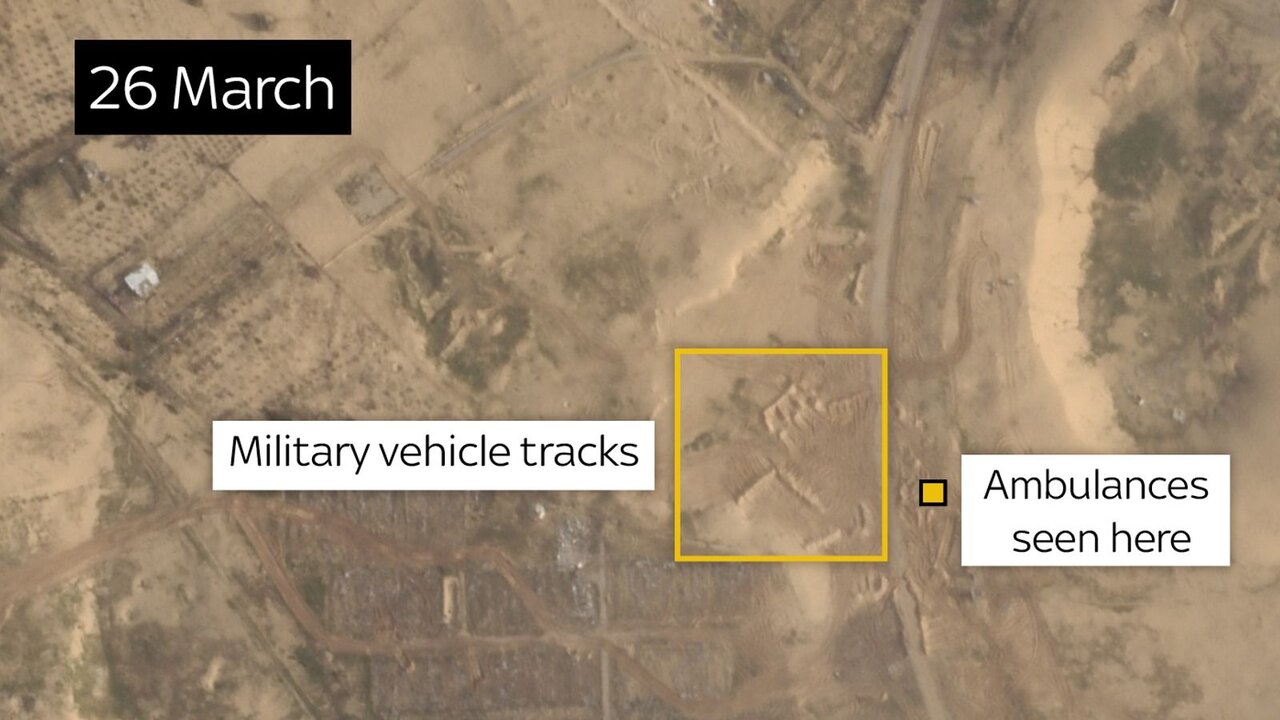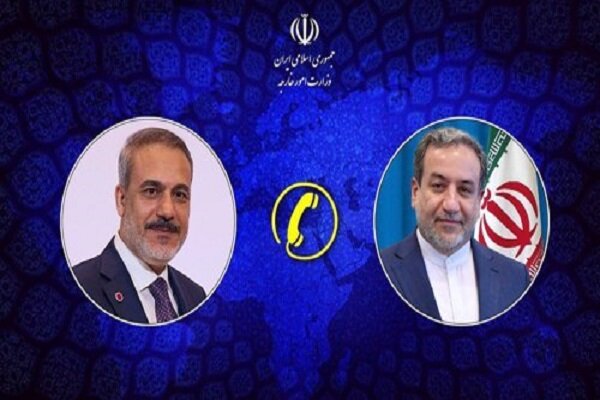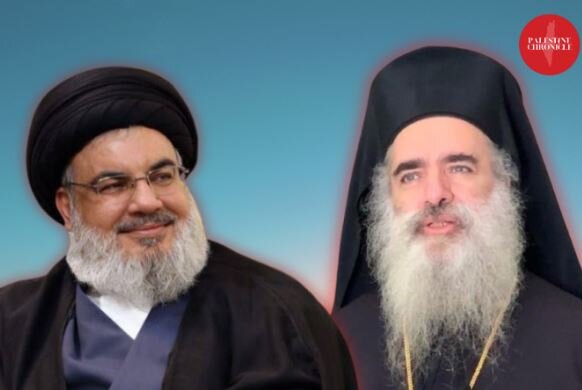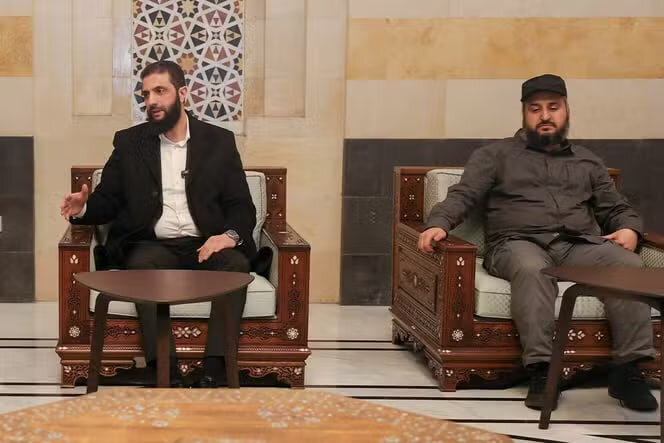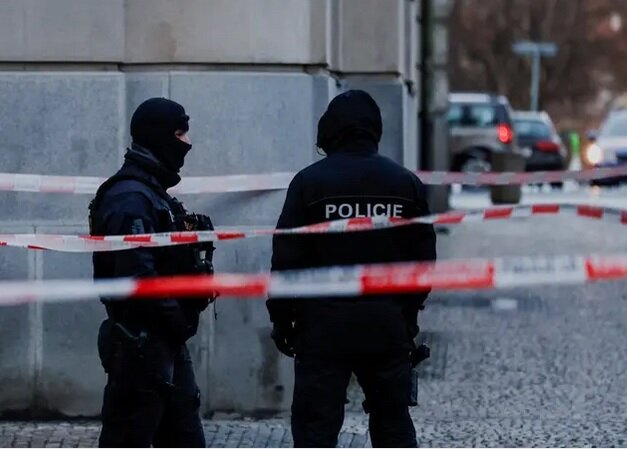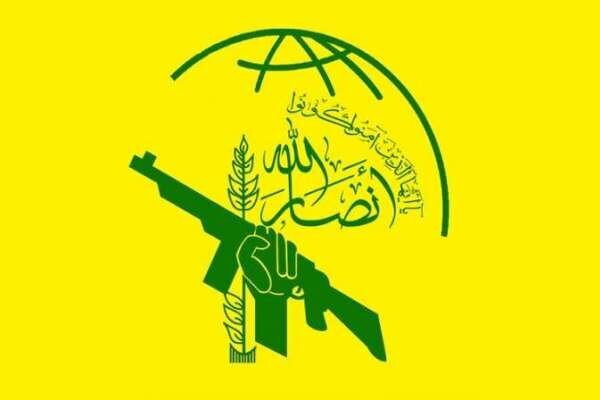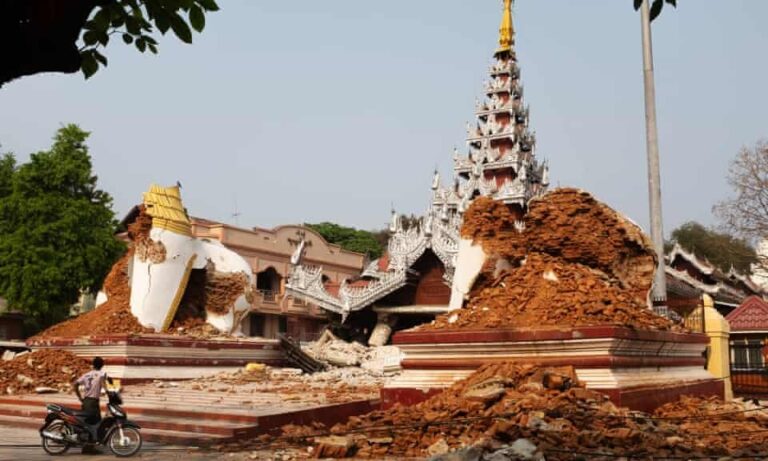Shocking Footage Shows Aid Workers Under Fire in Gaza: A Call for Action
The tragic discovery of a mass grave containing the bodies of 15 aid workers, including eight medics from the Palestine Red Crescent Society (PRCS), six civil defense members, and one United Nations employee, has raised significant concerns about humanitarian safety in conflict zones. According to Jonathan Whittall, the head of the UN Office for Coordination of Humanitarian Affairs, this incident highlights the urgent need for investigations into attacks on humanitarian workers.
The situation escalated when the Israeli military announced it would conduct an investigation into the incident. Prior to the release of video evidence, the military claimed its initial inquiry concluded that troops had opened fire on vehicles that did not display headlights or emergency signals, categorizing them as “suspicious.” Furthermore, they mentioned that an evacuation order was in effect in the area at the time of the incident.
However, video footage obtained by the PRCS and verified by Sky News contradicts these claims. The footage clearly shows ambulances and a fire vehicle with flashing red lights, indicating their status as emergency vehicles. This evidence raises questions about the military’s narrative and calls for a thorough examination of the events that transpired.
Here are some key points regarding the incident and the subsequent evidence:
- Date of Incident: The footage was recorded on March 23, north of Rafah.
- Visual Evidence: The video shows a convoy of ambulances and a fire-fighting vehicle traveling south towards central Rafah, all equipped with their flashing lights.
- Timing: The video was filmed early in the morning, with a satellite image taken at 9:48 AM local time confirming the presence of these vehicles.
- Last Contact: The PRCS reported losing contact with its crews just before 7 AM local time on the same day.
- Post-Incident Analysis: Satellite imagery from March 26, three days later, reveals tire tracks and ground disturbances likely caused by military vehicles.
The initial footage was captured from inside a moving vehicle, showcasing a convoy of emergency vehicles, including ambulances and a fire truck, all with flashing emergency lights. As the convoy halted, one vehicle was seen veering off the road to the left. This led to a significant moment when intense gunfire erupted and continued for approximately five minutes.
In a poignant moment, the paramedic filming the video is heard speaking in Arabic about the presence of Israeli forces and reciting a declaration of faith typically invoked before death. Additionally, Hebrew voices can be heard in the background, although their exact statements remain unclear.
This incident raises critical concerns about the protection of humanitarian workers in conflict zones. Humanitarian organizations often operate under the belief that their personnel should be shielded from violence to ensure the delivery of essential aid to affected populations. The fact that such a tragic event occurred underscores the need for enhanced security measures and accountability to prevent future occurrences.
The international community must respond to this alarming situation by advocating for the safety of aid workers and ensuring that humanitarian missions can operate without fear of attack. The findings from the ongoing investigations will be crucial in determining the accountability of those involved and in preventing similar incidents in the future.
As the situation develops, it is imperative for humanitarian organizations, governments, and the public to remain informed and engaged in discussions surrounding the safety of aid workers in conflict zones. Continued pressure on military and governmental bodies to uphold international humanitarian laws will be essential in safeguarding those who risk their lives to help others.
In conclusion, the tragic deaths of these aid workers serve as a stark reminder of the dangers faced by humanitarian personnel in conflict areas. The evidence presented not only questions the military’s account of events but also emphasizes the urgent need for accountability and protection for those dedicated to providing assistance in times of crisis.
As more information emerges, the hope is that such incidents will lead to systemic changes that prioritize the safety of humanitarian workers worldwide.
